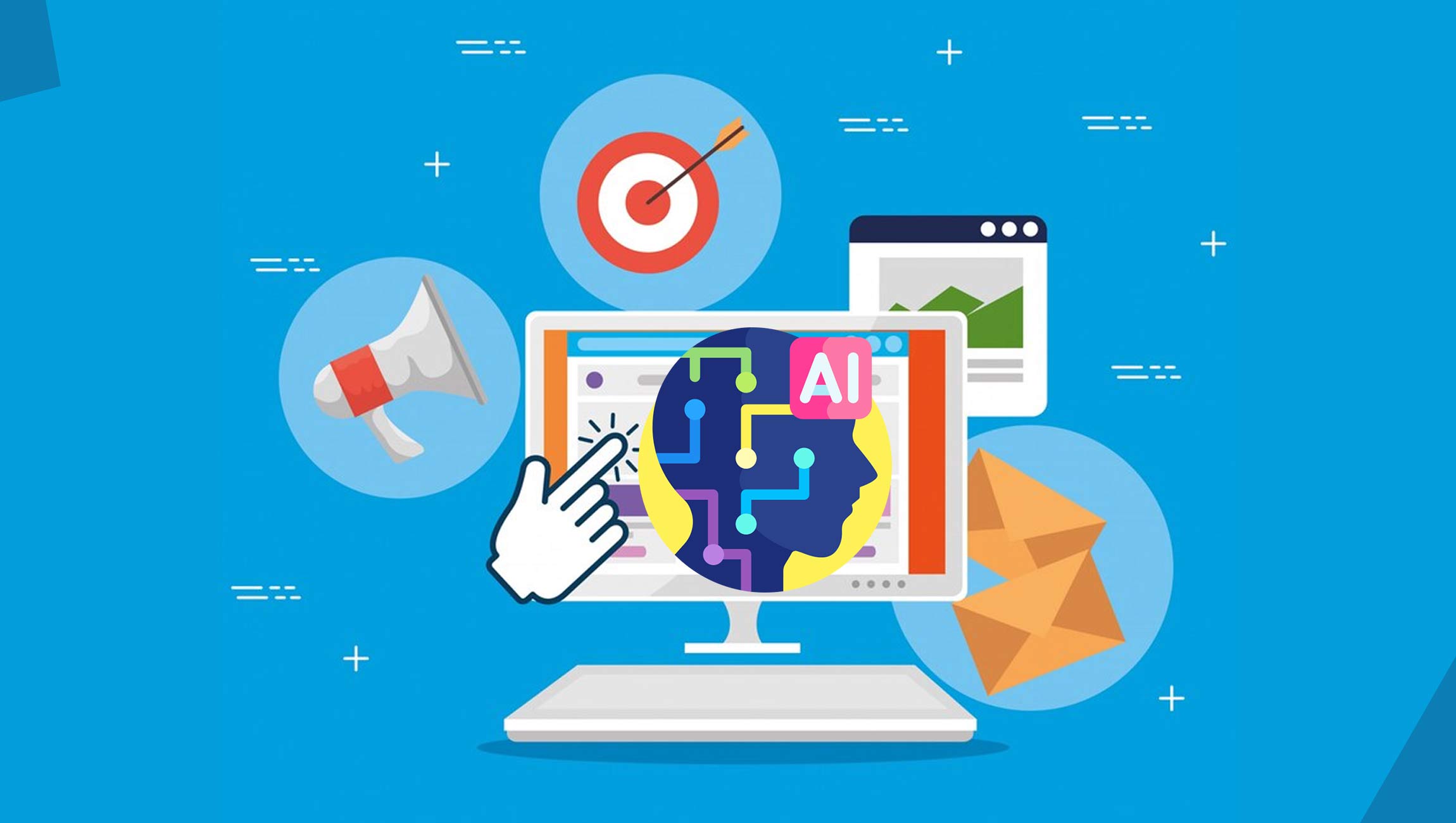Best practices for marketers leveraging AI-driven personalization and automation to streamline campaigns, engage customers, and drive revenue during the most important retail season of the year:
Once the leaves turn and the air starts to chill, the holiday season starts to trickle into the minds of consumers. But for retail marketers, holiday planning has been in full swing for months. This year, NRF forecasts that holiday spending will increase 3.5% from 2023 and reach up to a record $989 billion during the months of November and December, despite lingering inflation still pinching shopper’s wallets. With Black Friday and Cyber Monday accounting for two of the busiest shopping days of the year, these critical moments can make or break a brand’s annual performance. Luckily, for marketers, the rise of AI in content management can increase productivity, reach, and personalization, ultimately driving ROI for brands.
For marketers looking to make the most of the holiday craze, here are three strategies to consider:
Prioritize message alignment between personalized ads and landing pages
The beauty of the internet is that consumers have every choice available at their fingertips. Consumers decide the apps they download and the social channels they use, and with their data attached to each click, they expect to be known on an individual level. It’s up to brands to deliver on that expectation and deliver a compelling and relevant experience every time. As a consumer, nothing is more frustrating than clicking on an ad for a specific product and then being directed to a generic landing page that has no mention of the product, where to find it, or even what the name of it is. Don’t expect your potential customers to do the work. During the holidays when consumers are being targeted with specific gift ideas and products, this disconnect stands out even more. Each interaction, from ad all the way to purchase, needs to feel seamless.
For marketers, it’s important to prioritize message matching to create a satisfying user experience. Take Ruggable for example. The company, known for its machine washable and design-forward rugs, took personalization to a new level in recent years by segmenting its customers into two categories: dog owners and cat owners. Visitors who landed on Ruggable’s website via a dog-related campaign were served images of dogs on rugs, reviews from fellow dog owners and tailored experiences that resonated with what people with dogs are looking for in a new rug. Similarly, cat owners were greeted with cat-friendly content that matched their unique needs and interests. By matching the personalized ad message to a more tailored landing page, Ruggable increased its conversion rate by 25% and click-through rate seven-fold, while decreasing creation time from two days to thirty minutes.
Marketing Technology News: MarTech Interview with Elizabeth Maxson, CMO @ Contentful
Empower marketing teams to take ownership of and automate campaigns
During the holiday season, marketers are hyper-focused on driving business ROI, reaching the right audiences and converting prospects into paying customers, which takes up extra time and resources. If your marketing team relies heavily on developers to stand up campaigns and promotions, this can create a massive bottleneck, especially during a time when brands are trying to compete with the mega-retailers, adapt to real-world events, and reach the always-on consumer. Marketing velocity, which is just about passable at any other time, becomes a major weak point when real-time campaign updates are needed.
Marketers can leverage collaboration tools that are flexible and can easily plug into existing solutions, as well as ones that allow non-technical teams to automate and own tasks that enable each department to better achieve their goals. Fostering a culture that encourages every employee, regardless of department, to ask themselves “How can I make this change or update myself?” is important for several reasons. It alleviates the reliance of other team members which is massively beneficial during the holidays when employees are taking vacation time. It also ensures brands are staying competitive and can quickly make changes during a critical time for sales.
Focus on one AI model, tune it, and reuse it
AI is everywhere now, with countless software platforms adding large language models (LLMs) that brands can tap into for a competitive edge. At the same time, over half of business leaders say they’re planning to create their own custom LLMs. Balancing public and proprietary LLMs can help maintain brand consistency and deliver highly personalized customer interactions but managing multiple AI models can also become overwhelmingly burdensome. To simplify, marketers and developers can consider focusing on just one LLM and training it with their brand’s content and data. This approach brings structure and meaning to the data, enabling faster, more efficient content creation and personalized campaigns that can make a big impact during the holiday season.
Retail marketers face immense pressure during the holidays to deliver personalized experiences that not only meet but exceed customer expectations. With the strategic use of AI and investing in the right collaboration tools, marketers are faced with an opportunity to increase efficiency and also create meaningful, personalized connections that boost engagement and drive sales, setting the stage for a successful holiday season.
Marketing Technology News: Advertising Is Fundamentally Broken. What Now?











